Opis
Golds Scrub Lane is one of the best places for Blue-breasted Quail and Red-backed Buttonquail in Australia. Also a fantastic place for Lewin's Rail, Pale-vented Bush-hen and waders in dryer years.
Szczegóły
Dostęp
From Samford Village drive north on the Mount Samson Road towards Dayboro. Golds Scrub Lane is the first turn on the right after Winn Road (UBD 96 C18). The Cemetery is at the end of Golds Scrub Lane. You can walk through the Cemetery down to Lake Samsonvale. Depending on the water level and the drought conditions you will have water or grasslands in front of you.
It is easy to spend upwards of 5 hours here. It is a big area with lots of different habitats. Allow for at least 2 hours. Parking is at the cemetery, with multiple access points through the cemetery. All access inside the grounds is by foot. There are no public transport options. There are many trails going in different directions, some loop and others do not. There is no map on site.
Teren i siedlisko
Łąka , Tereny podmokłe , Las , Staw , Rzadkie drzewa i krzewyWarunki
Pagórkowaty , SkalistyTrasa dookoła
TakCzy luneta będzie przydatna ?
Może być przydatnaUdany sezon obserwacyjny
Przez cały rokNajlepszy czas na wizytę
WiosnaTrasa
Szeroka ścieżkaPoziom trudności szlaku pieszego
Średnio wymagający spacerDostępne
PieszoCzatownia/platforma obserwacyjna
NieDodatkowe informacje
Because it is on the shore of Lake Samsonvale, which is managed by SEQ Water, access to the whole area is possible but only if pre-arranged with the Ranger. The best way to do this is to gain Birds Queensland membership (see link below), which has an agreement for “overall access” rights to the site for members; you will still however need to request permission to visit from the Ranger in advance by SMS (48 hours), and “check in” (by SMS) when you arrive, and check out when you leave. The alternative to this is to go through the permit process with SEQWater directly.
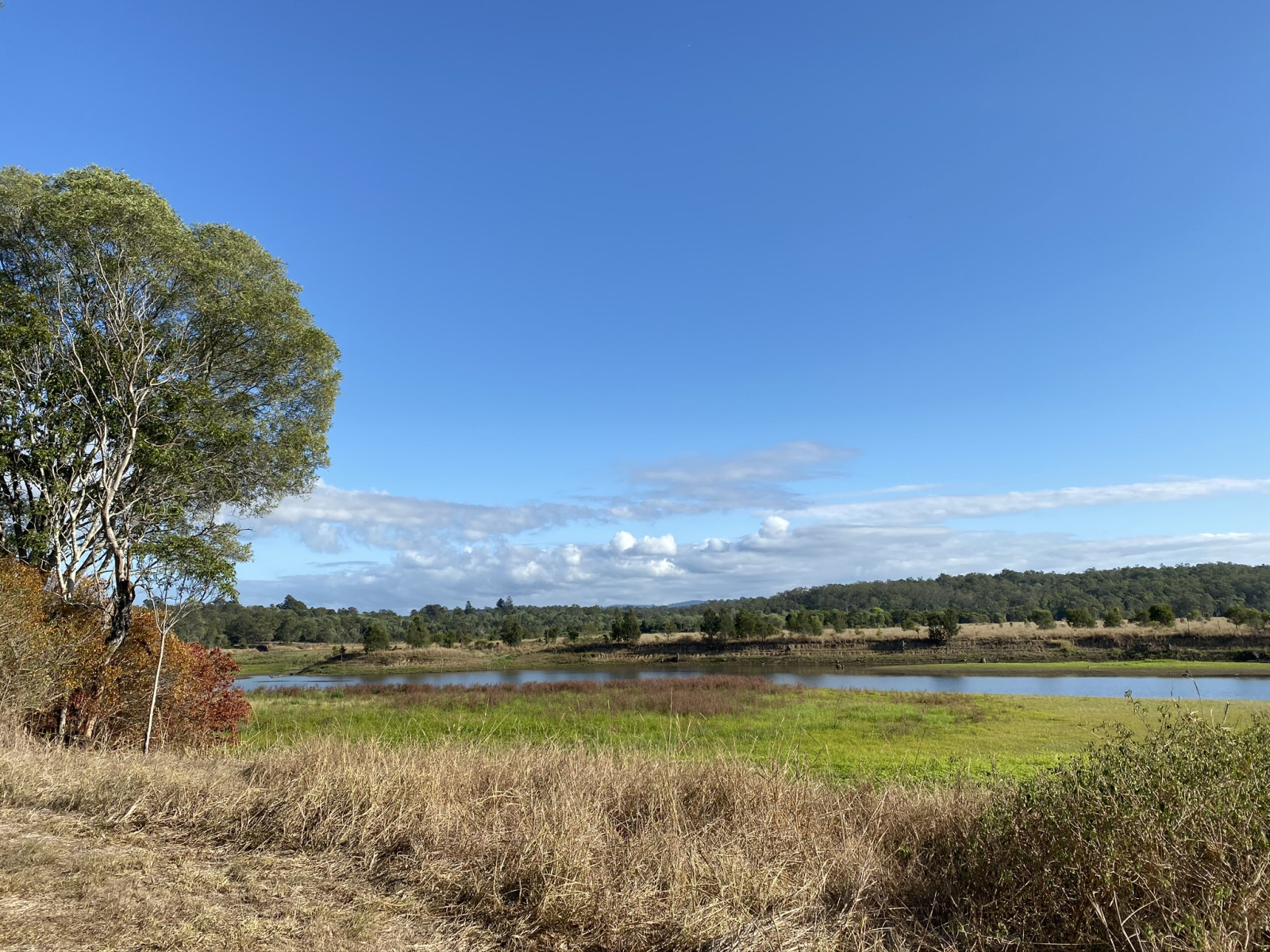
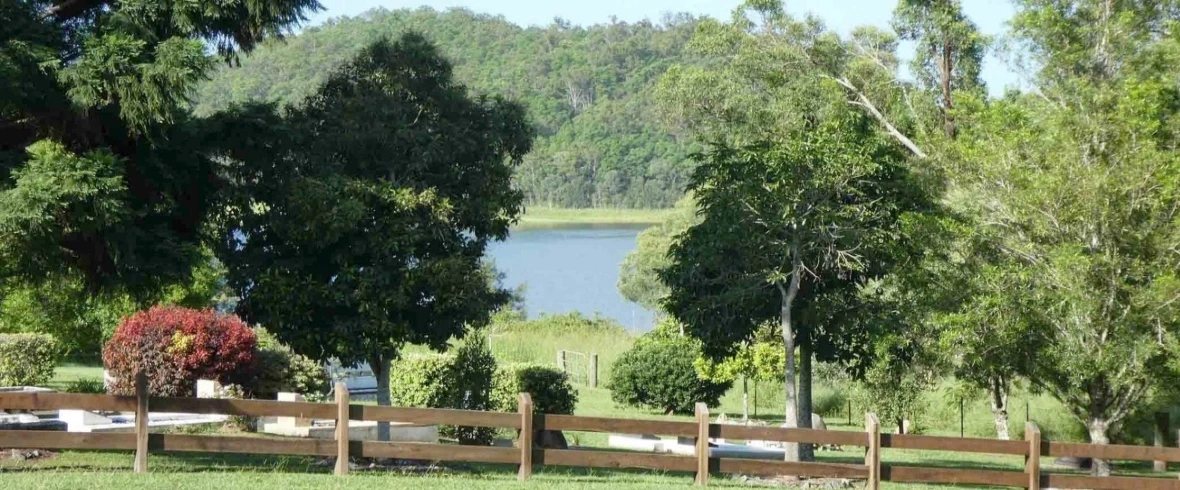
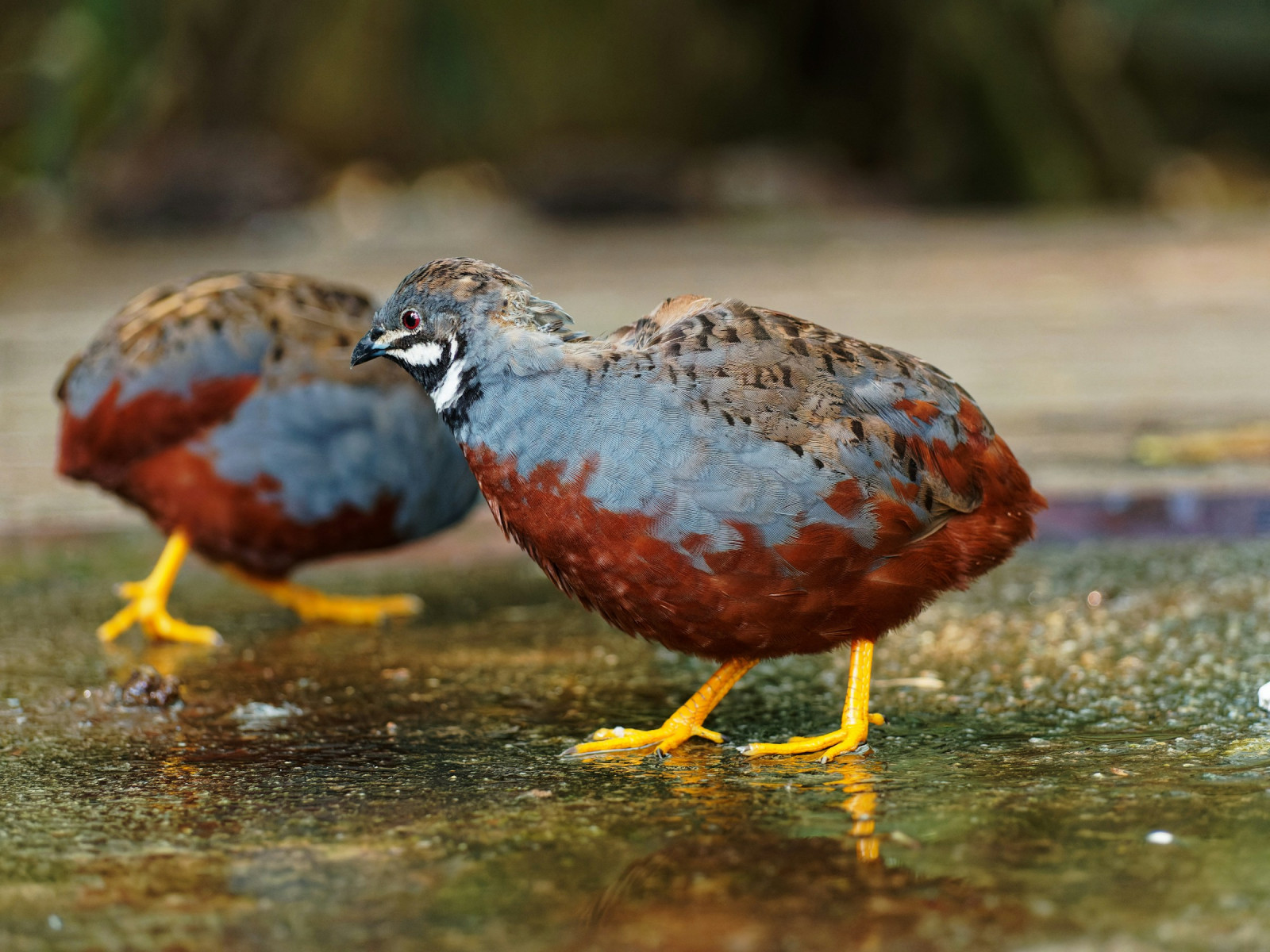

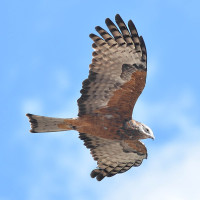
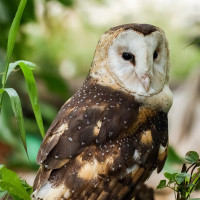
, CC BY-SA 4.0 httpscreativecommons.orglicensesby-sa4.0, via Wikimedia Commons.jpg)
